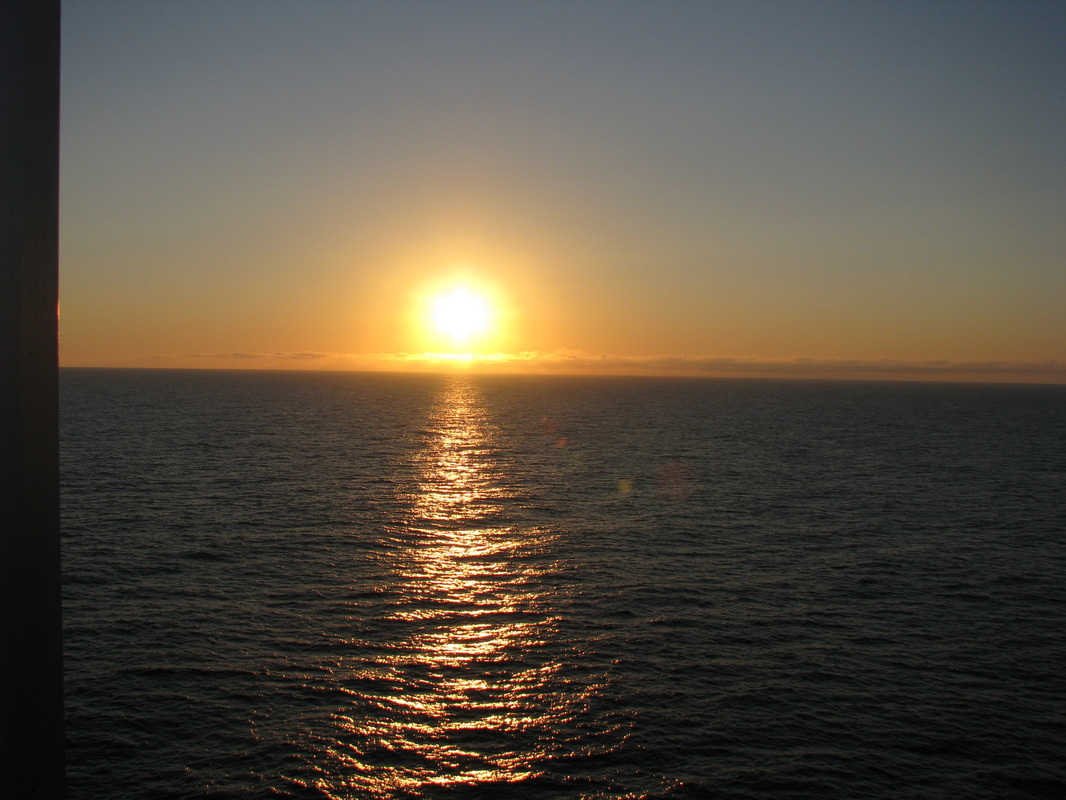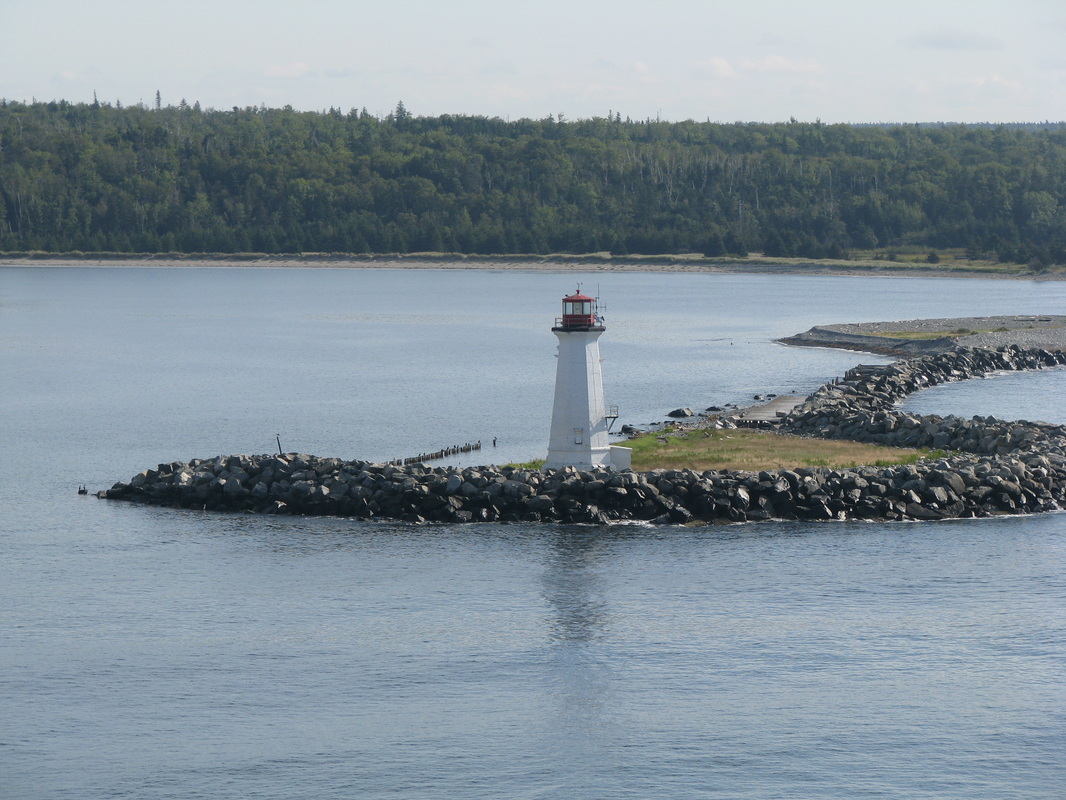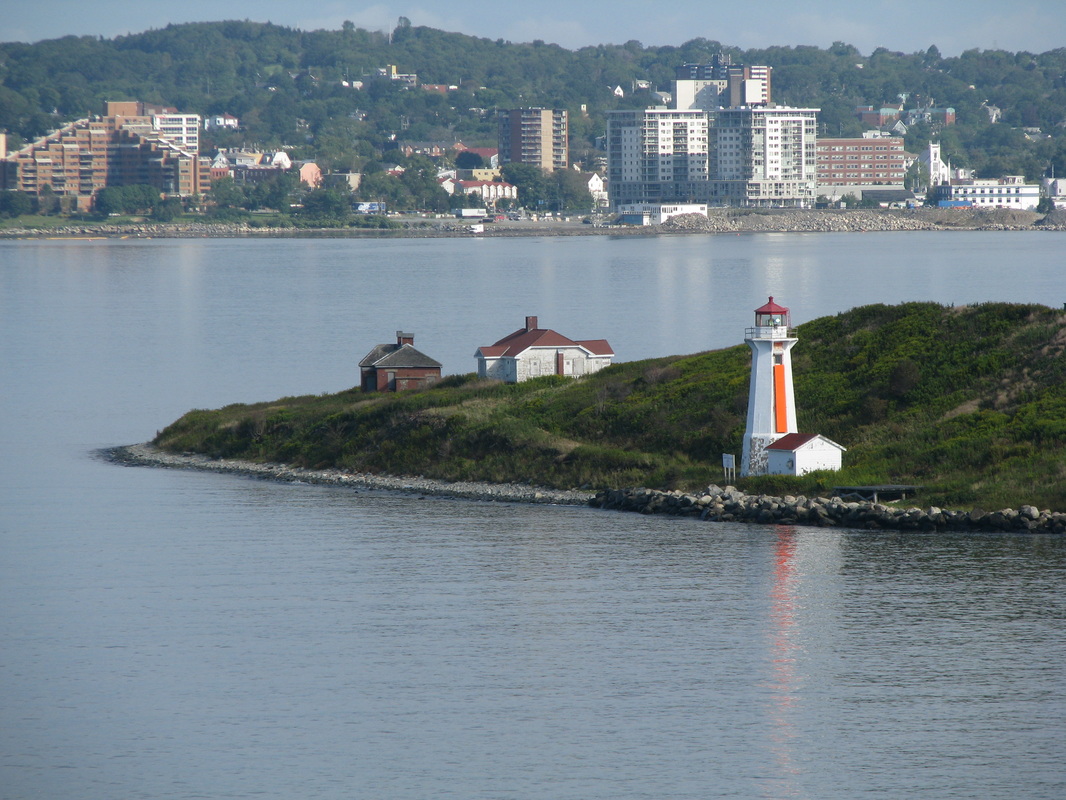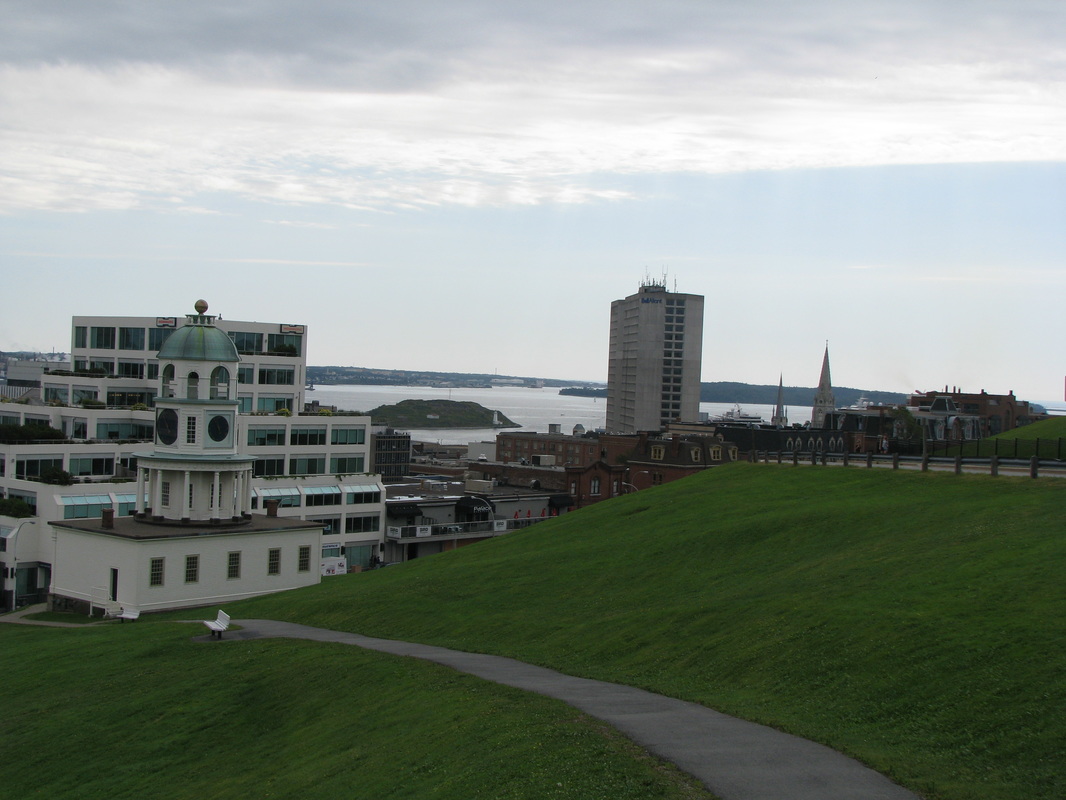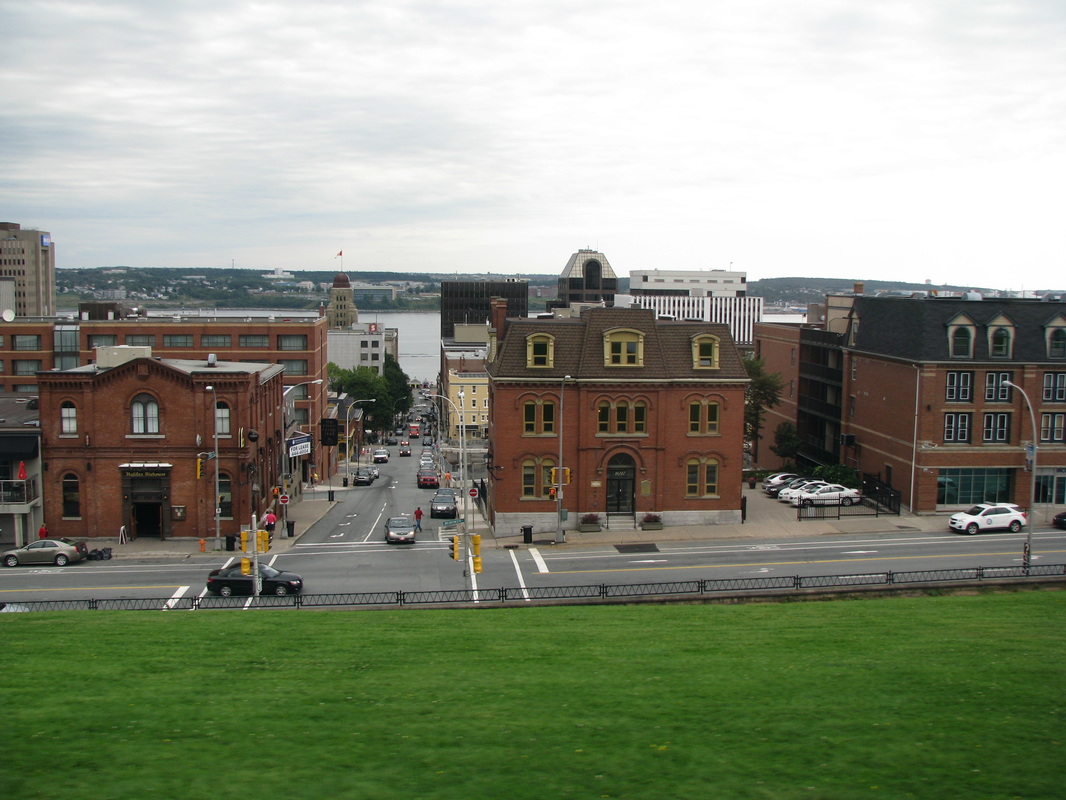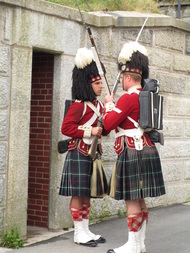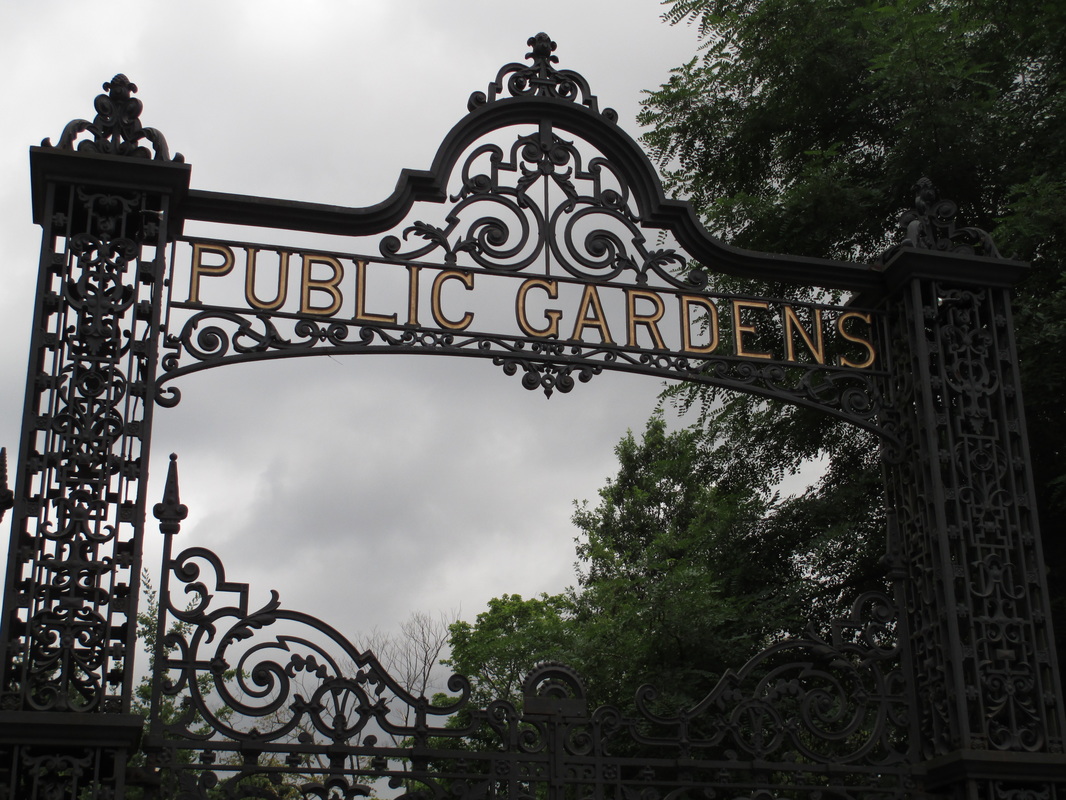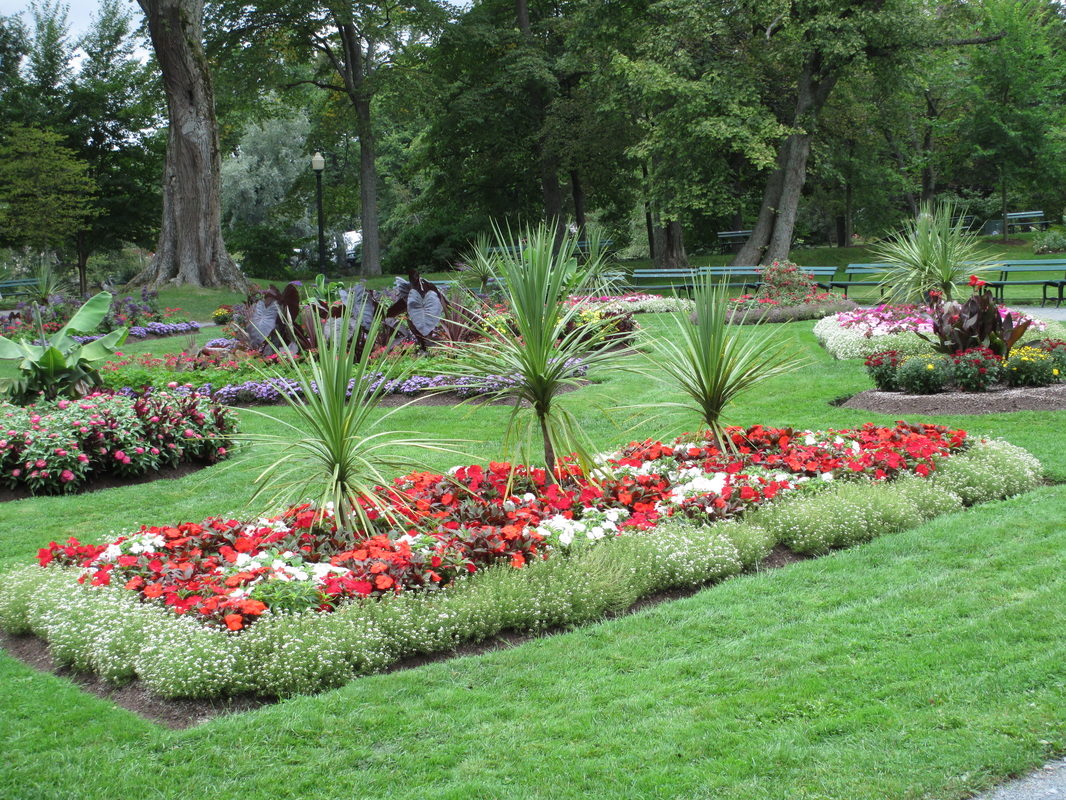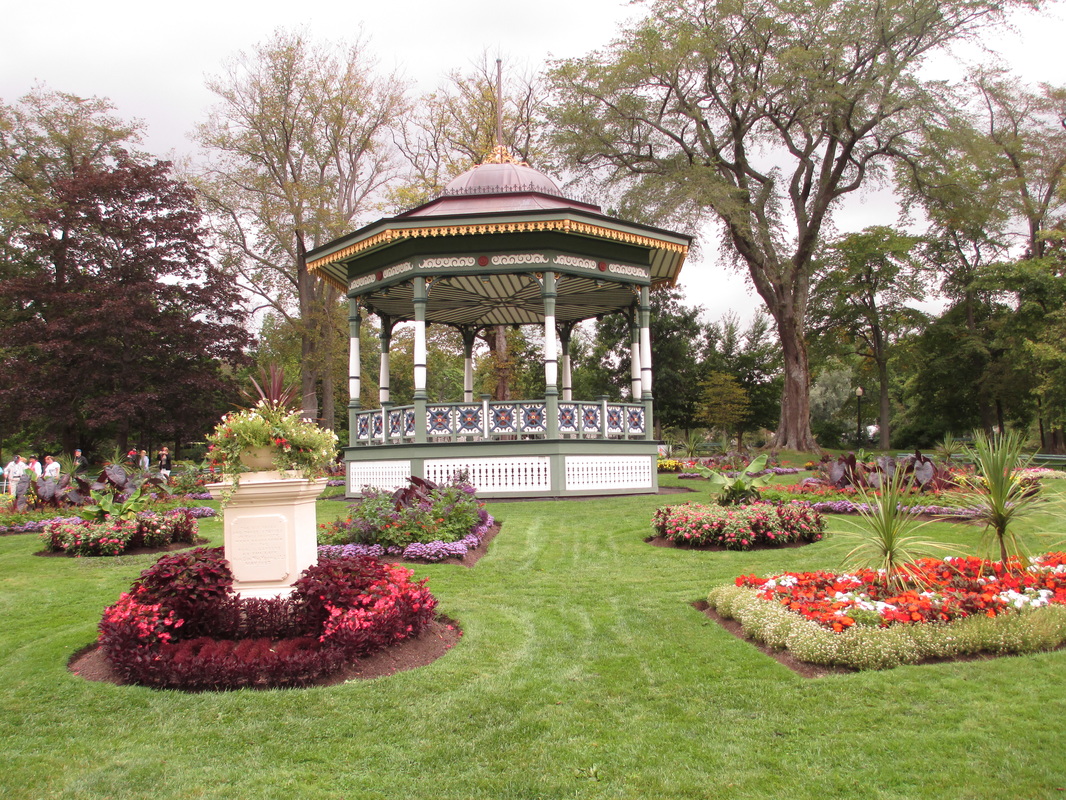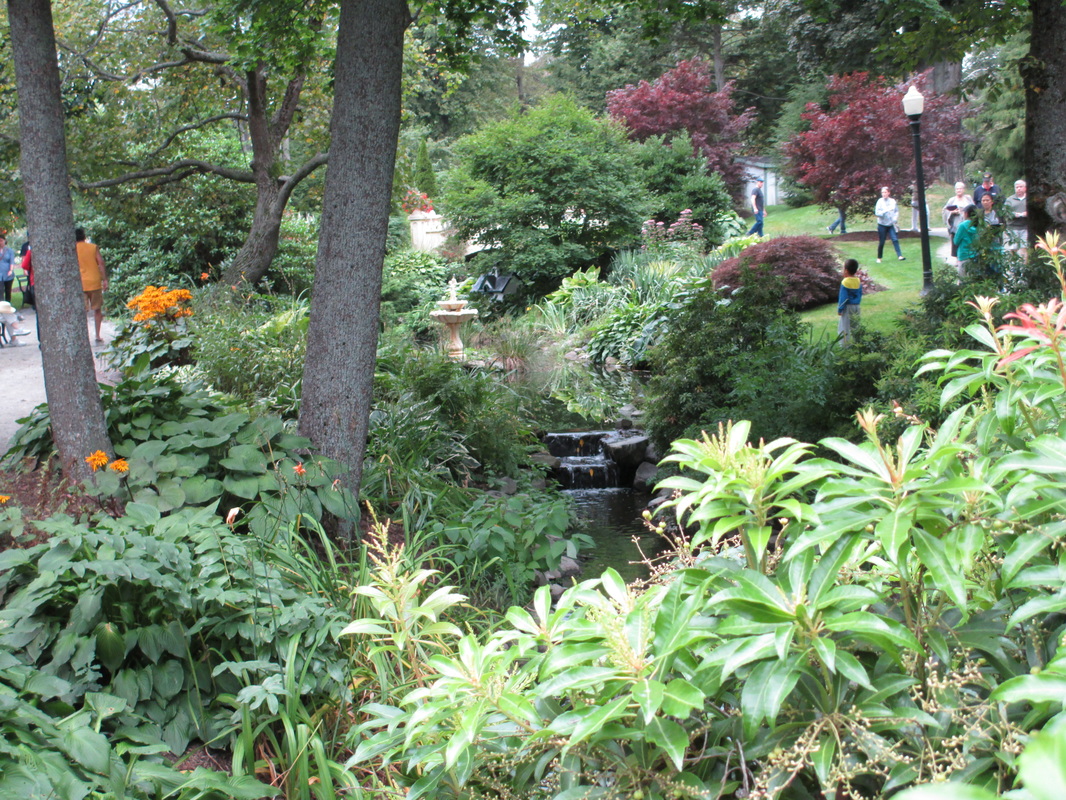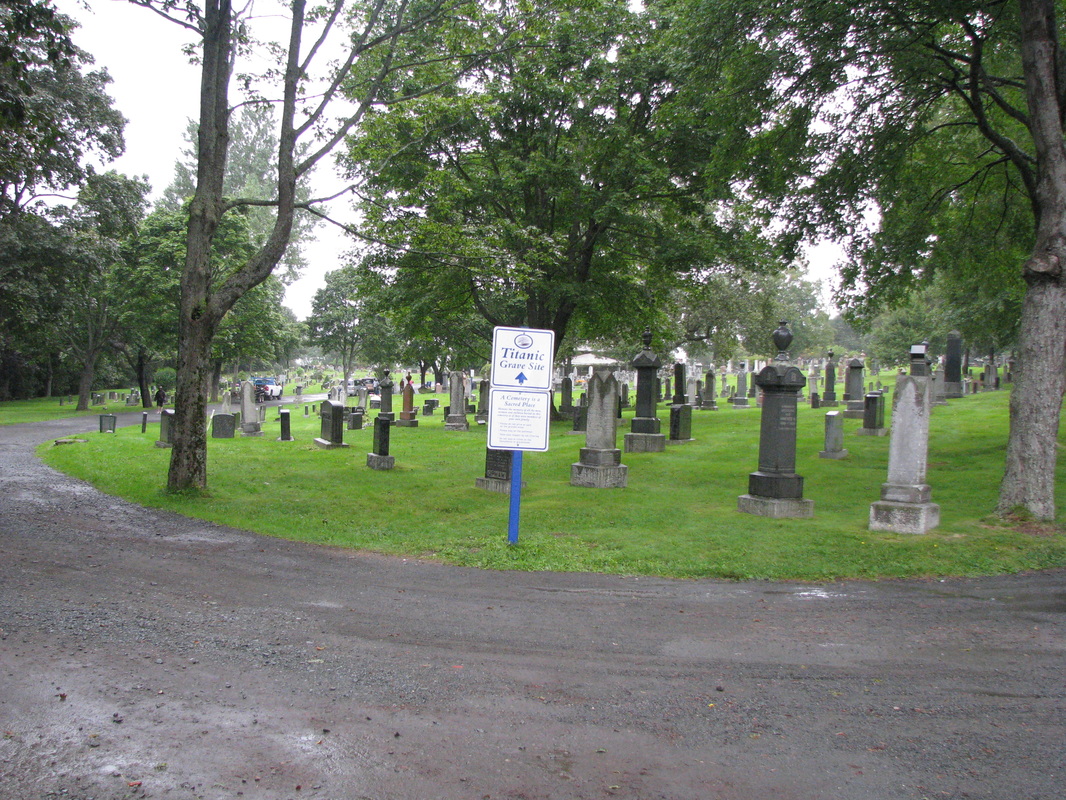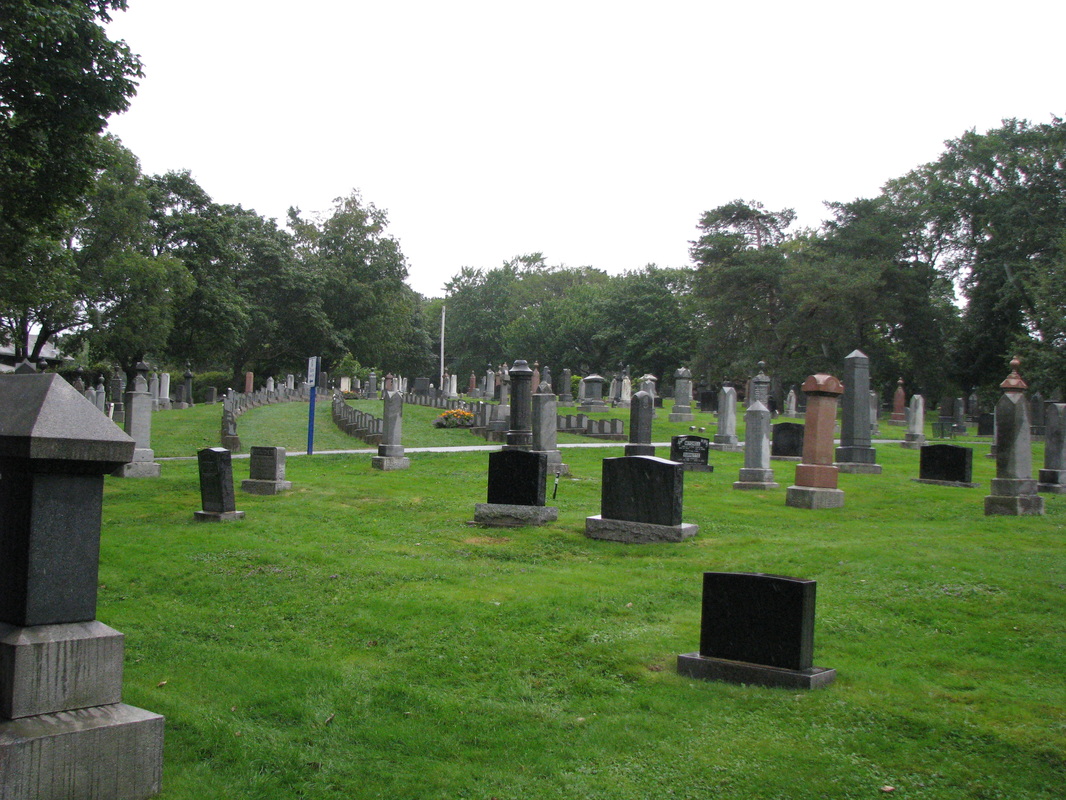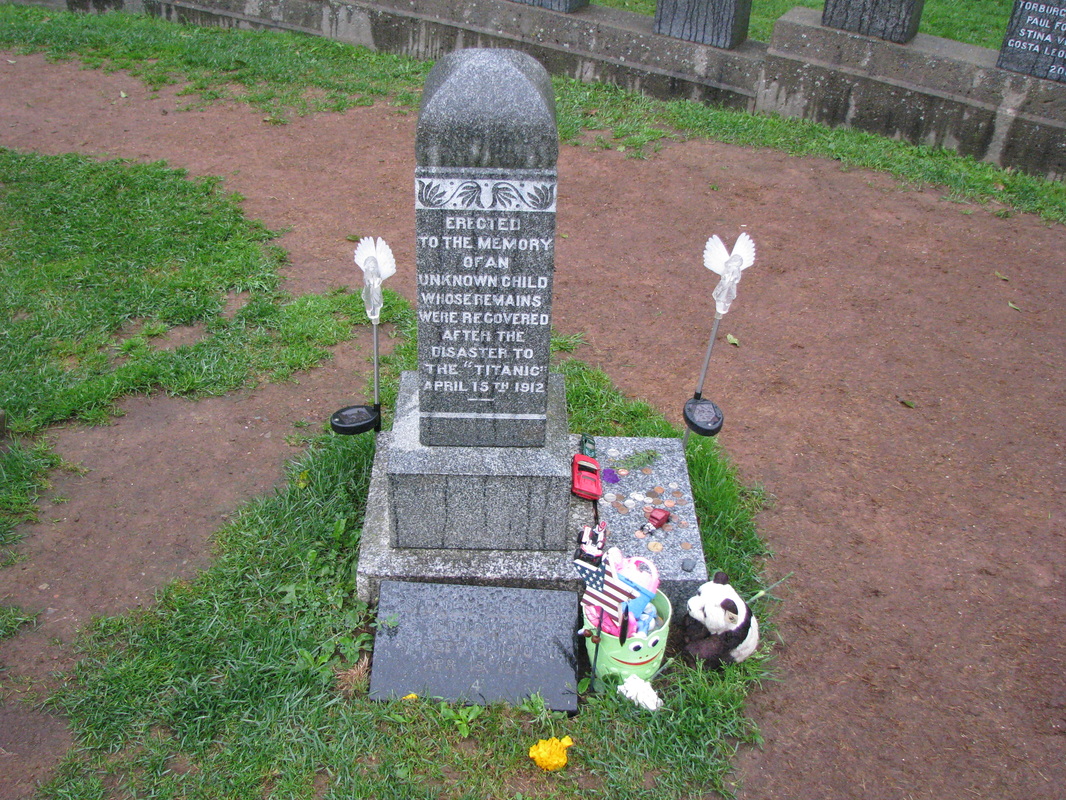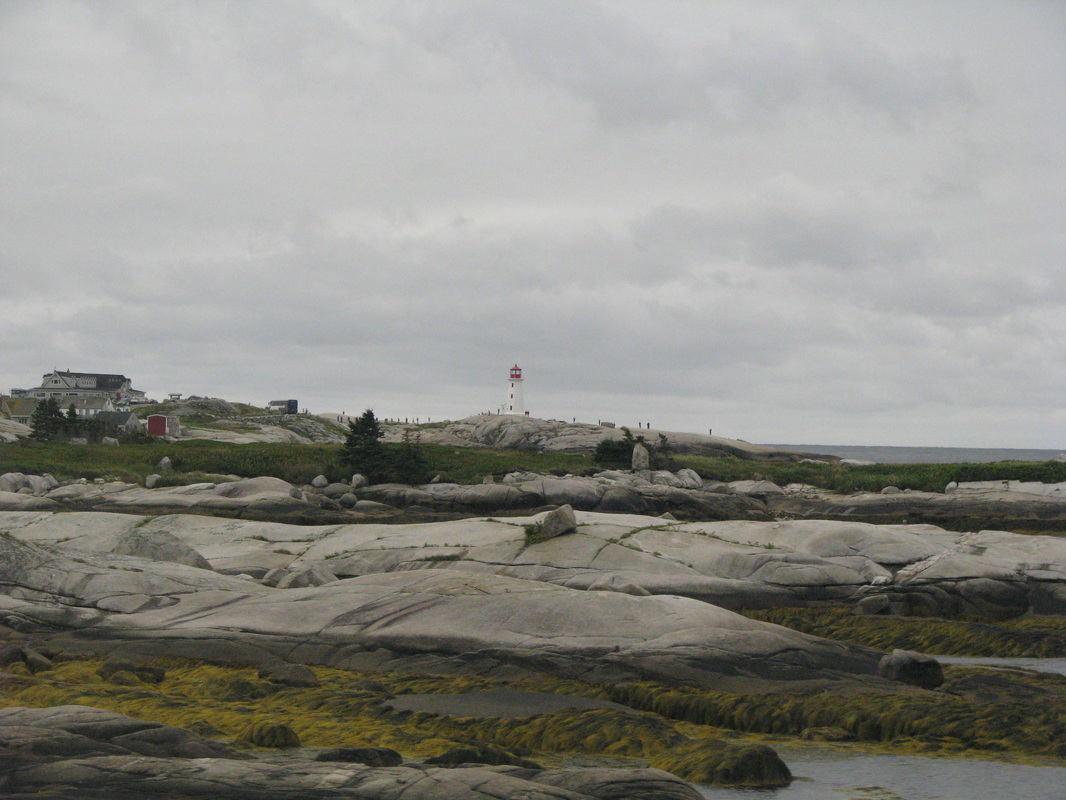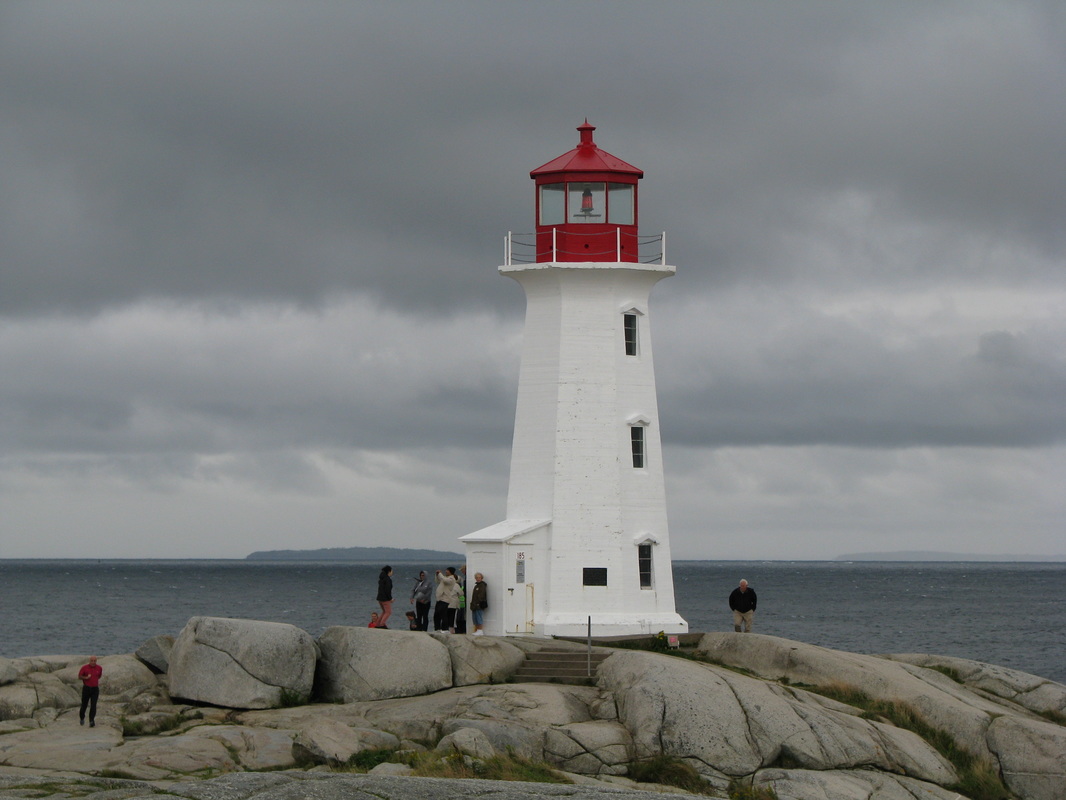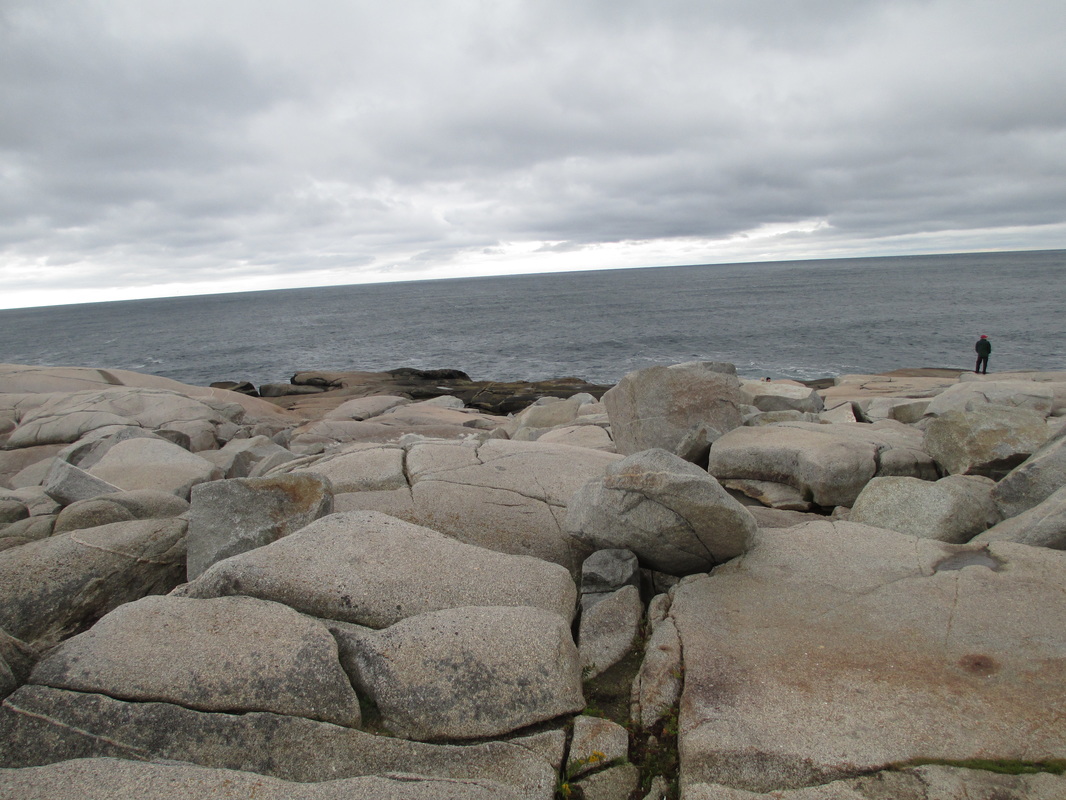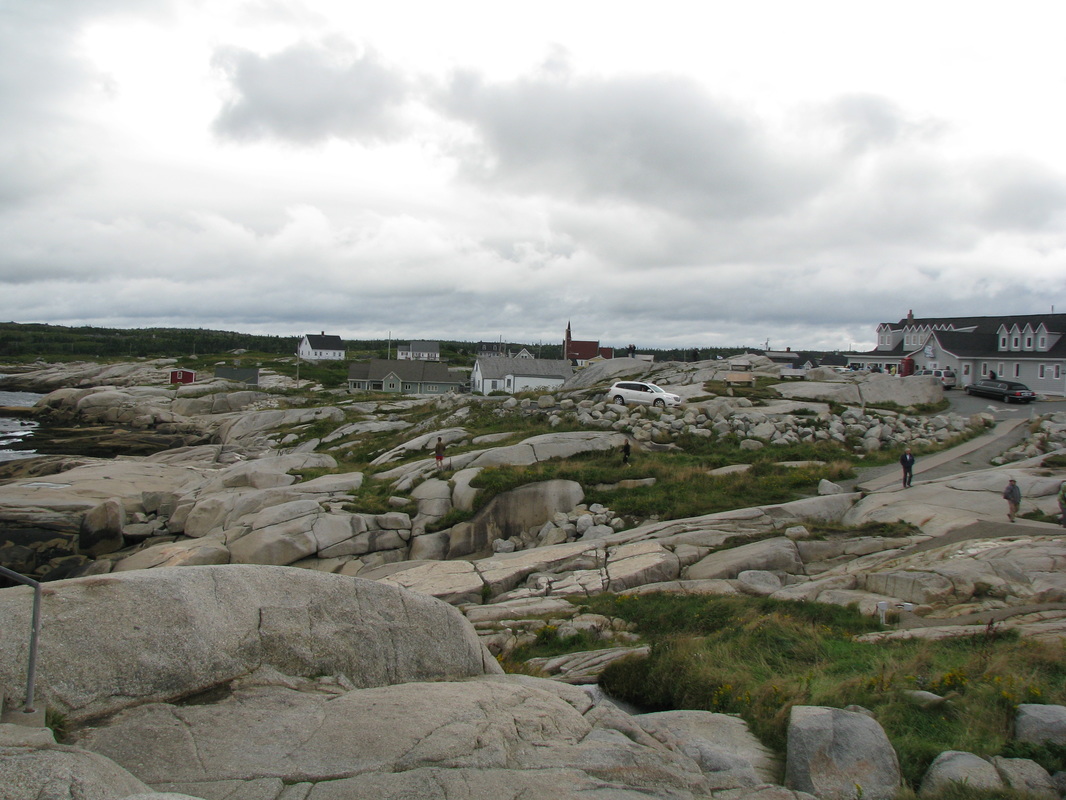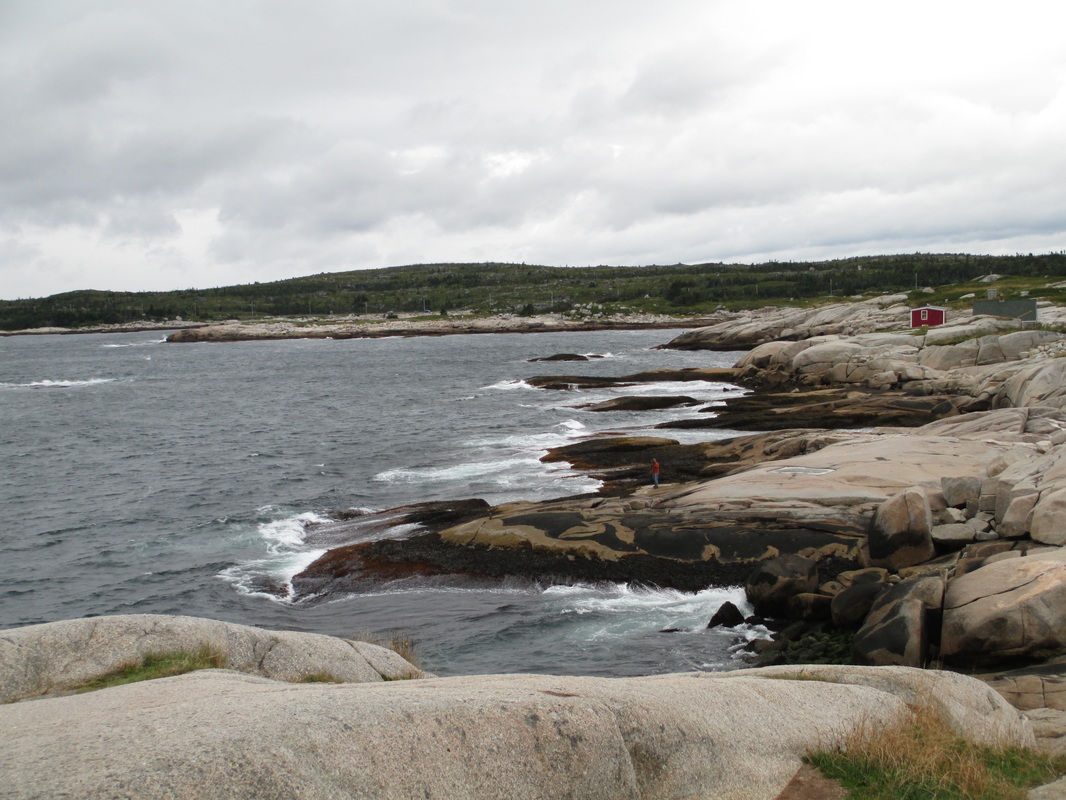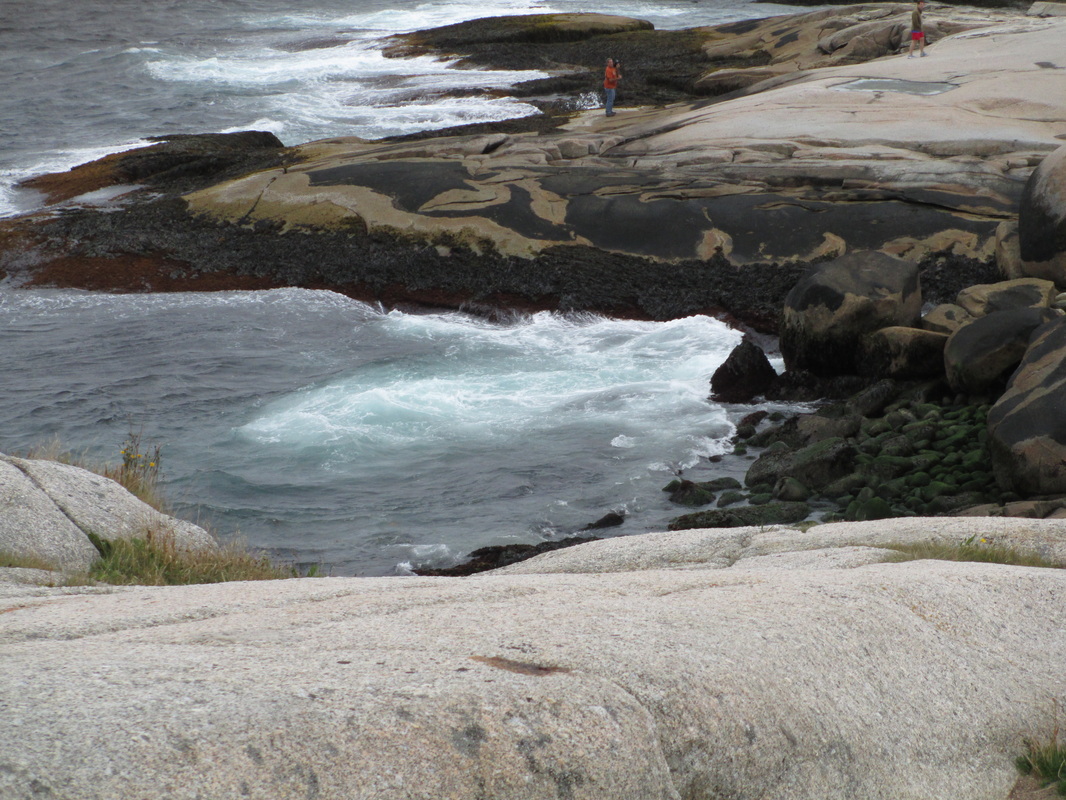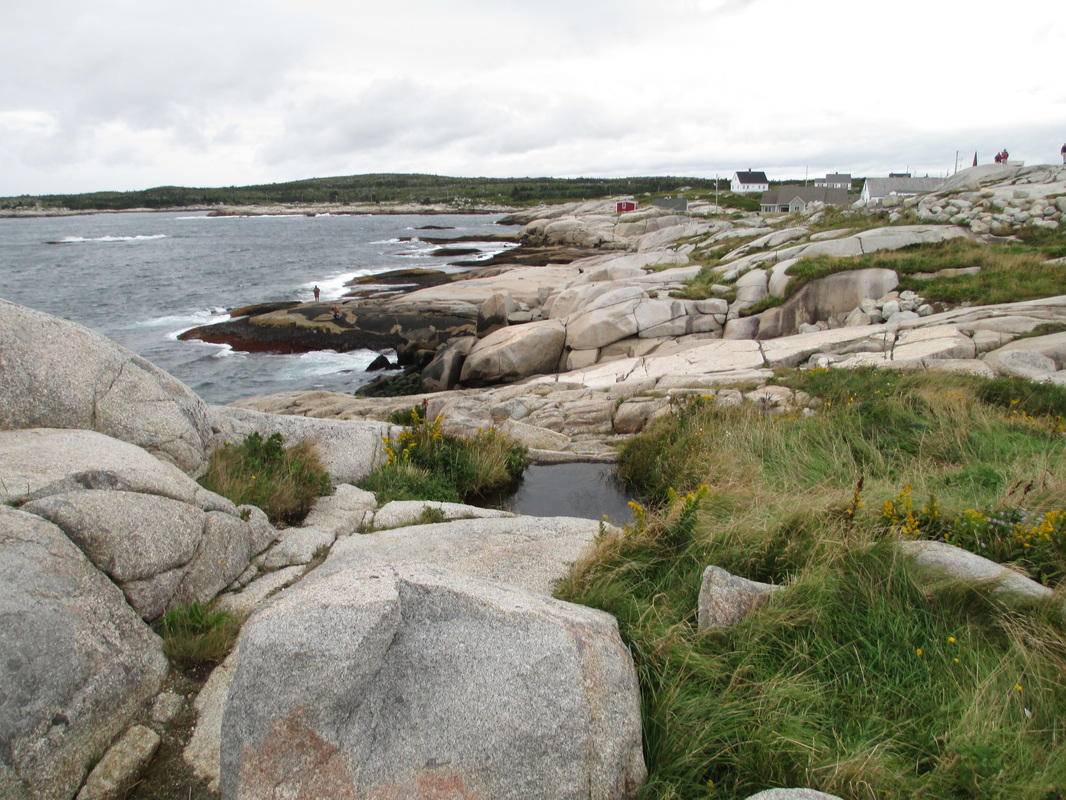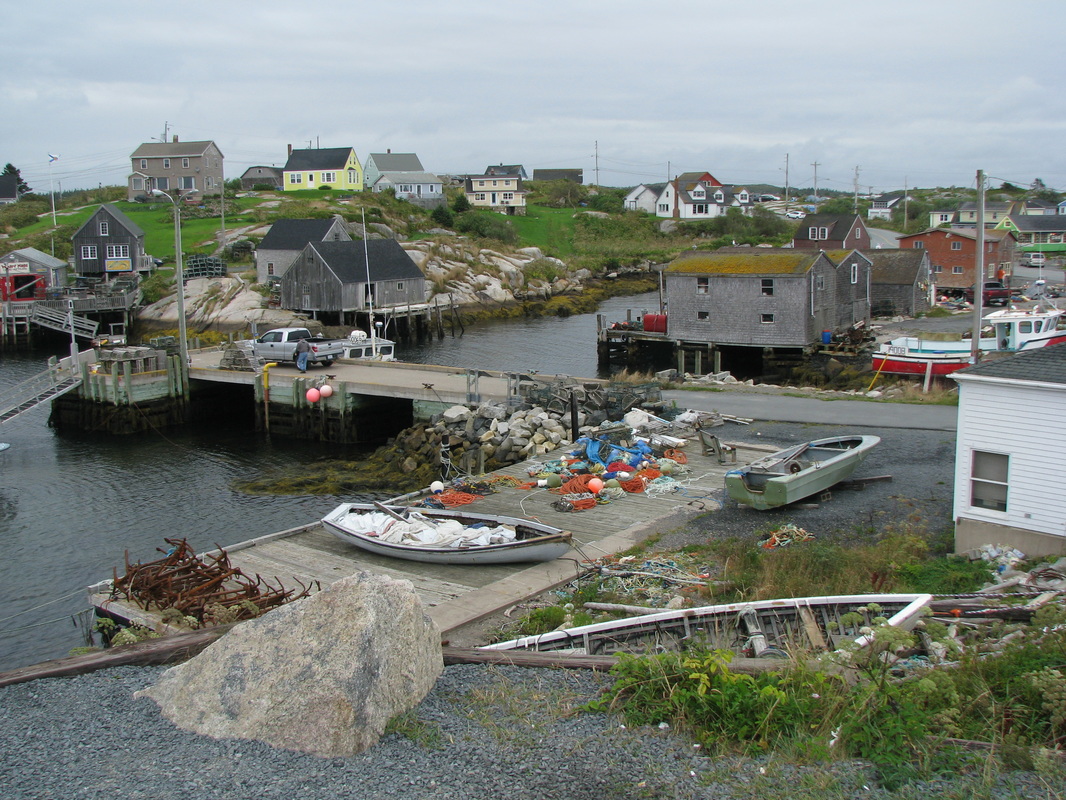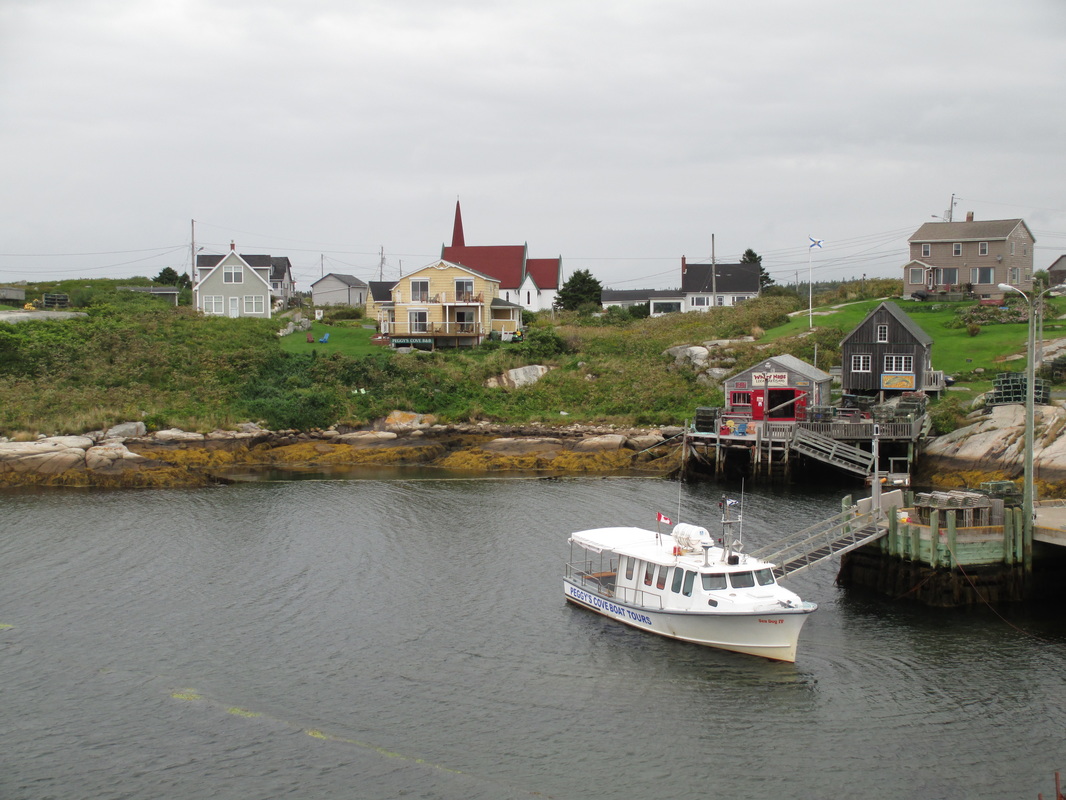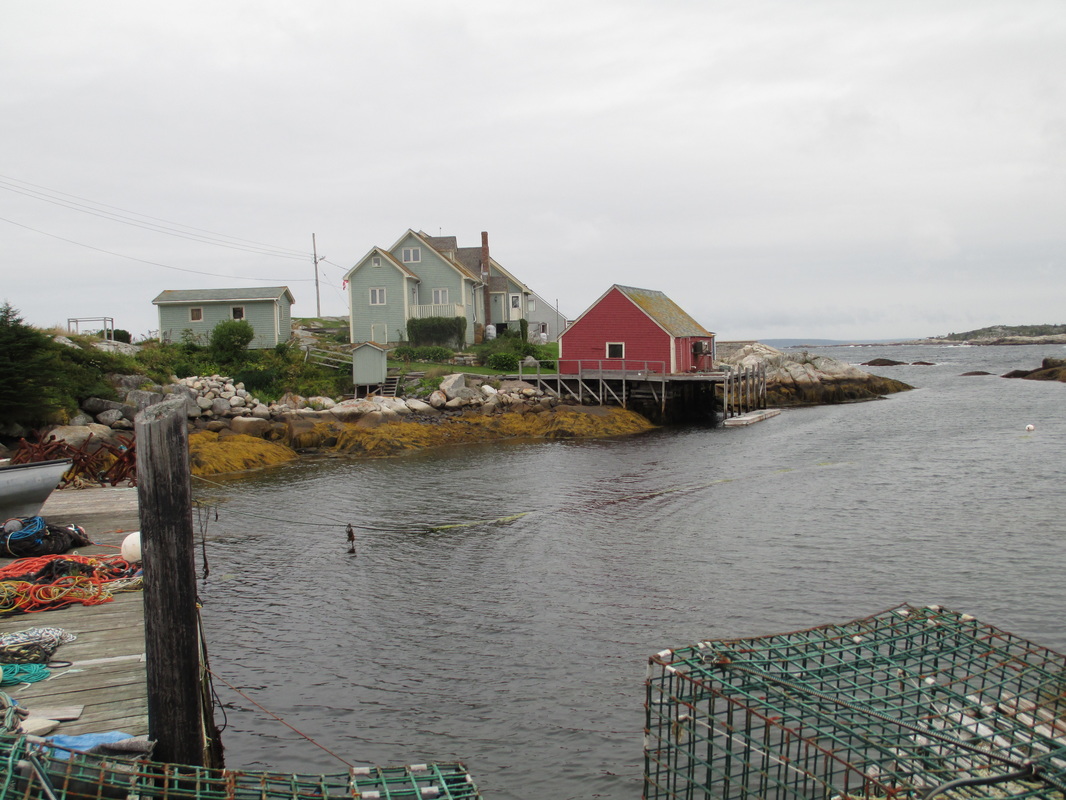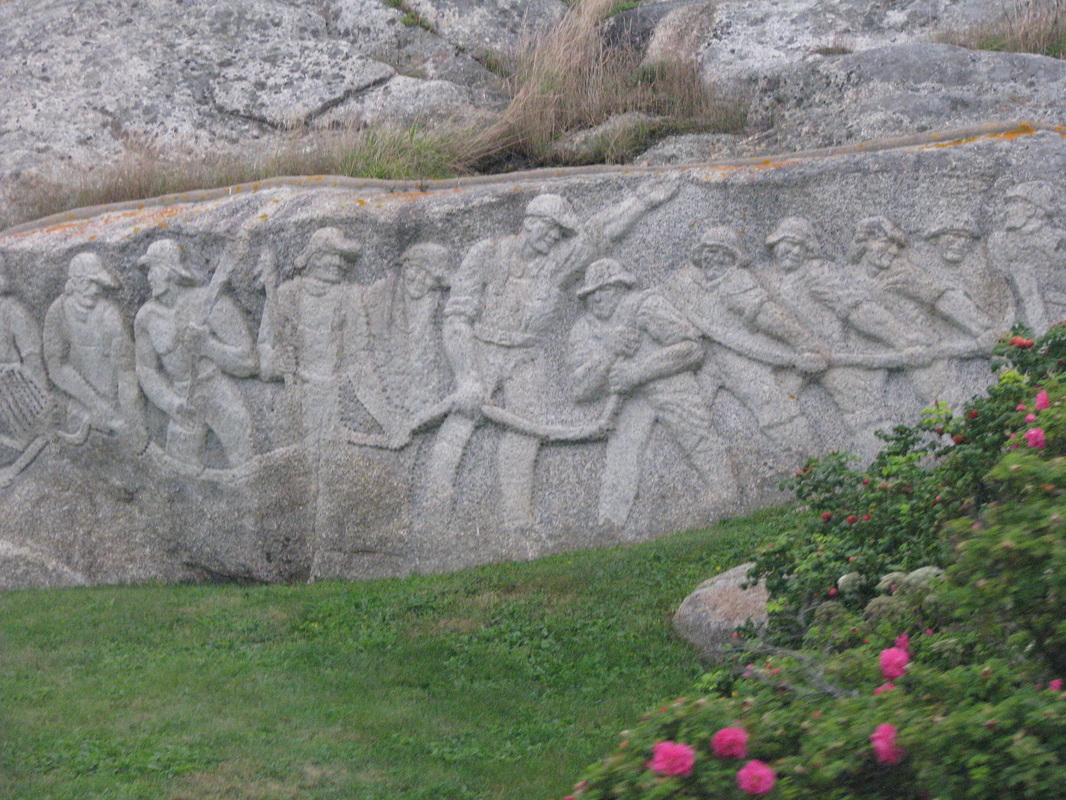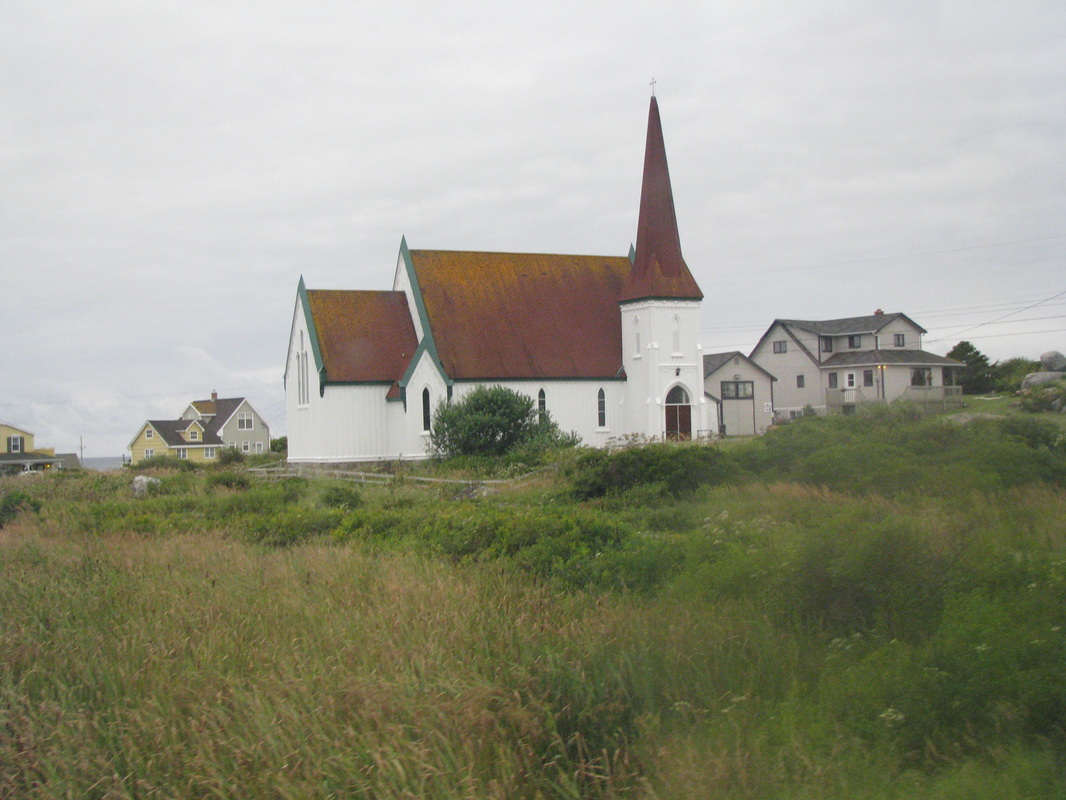Day #6: Halifax, Nova Scotia
Cruise Line: Princess Ship: Caribbean Princess Length of Cruise: 7 days Departure Port: New York City
Cruise Line: Princess Ship: Caribbean Princess Length of Cruise: 7 days Departure Port: New York City
Arrival: We were up early this morning to see the beautiful sunrise from our balcony. We even had time to eat breakfast in the Horizon buffet on the Lido deck before arriving in Halifax around 9:00am.
History: Halifax, the capital of Nova Scotia, was established in 1749 as a British military outpost. During the 19th & early 20th centuries, Halifax was the entry point for European immigrants coming to Canada. In 1917 there was a huge explosion in Halifax when a cargo ship carrying TNT collided with another ship in the harbor. The explosion leveled a large portion of the harbor and killed approximately 2,000 people. The harbor has been restored.
Touring on your own:
Along downtown Halifax’s waterfront boardwalk were many interesting, historic places to visit as well as eateries and fun shops filled with local handmade items. Within walking distance of the ship was Pier 21/Canadian Museum of Immigration where the stories of the many people who passed through here were remembered. The Maritime Museum of the Atlantic had relics from Nova Scotia’s maritime history including artifacts from the RMS Titanic. St. Paul’s Church, built in 1750, was the first Anglican Church in Canada and oldest building in Halifax. It survived the 1917 explosion but still has a broken window (“explosion window”) and a chunk of debris embedded in a wall as a result of the explosion.
Excursions:
Our excursion first took us on a tour through downtown Halifax with the guide explaining the historic buildings and sights. We briefly stopped at the Citadel National Historical Site. The British built this star-shaped fortress in the 1800’s to guard against attack. We were there long enough to observe the changing of the guard. Since the Citadel was not that far away from the ship, we could have gone back after the excursion to enjoy the interactive exhibits and portrayal of life in the fort.
Our second stop was at the Halifax Public (free) Gardens which were formal Victorian gardens of about 17 acres of floral displays, fountains, statues and a gazebo. Nearby to the gardens was the Spring Garden Road where shopping and eating lunch were available for a limited amount of time.
Our third stop was an hour drive to Peggy’s Cove which was a tiny but active fishing village that dates back to 1811. It is located on the rocky coastline near the famous and most photographed lighthouse in Canada. The lighthouse was built in 1914 and is still in use today. We were warned to be very careful walking out on the huge, slippery rocks surrounding the lighthouse!
After leaving Peggy’s Cove we drove along a very scenic route to get back to Halifax and our fourth and final stop – Fairview Cemetery where 121 victims of the Titanic are buried in a special section of the cemetery. Our tour guide walked the grounds with us and explained all the events surrounding the sinking of the Titanic.
Along downtown Halifax’s waterfront boardwalk were many interesting, historic places to visit as well as eateries and fun shops filled with local handmade items. Within walking distance of the ship was Pier 21/Canadian Museum of Immigration where the stories of the many people who passed through here were remembered. The Maritime Museum of the Atlantic had relics from Nova Scotia’s maritime history including artifacts from the RMS Titanic. St. Paul’s Church, built in 1750, was the first Anglican Church in Canada and oldest building in Halifax. It survived the 1917 explosion but still has a broken window (“explosion window”) and a chunk of debris embedded in a wall as a result of the explosion.
Excursions:
Our excursion first took us on a tour through downtown Halifax with the guide explaining the historic buildings and sights. We briefly stopped at the Citadel National Historical Site. The British built this star-shaped fortress in the 1800’s to guard against attack. We were there long enough to observe the changing of the guard. Since the Citadel was not that far away from the ship, we could have gone back after the excursion to enjoy the interactive exhibits and portrayal of life in the fort.
Our second stop was at the Halifax Public (free) Gardens which were formal Victorian gardens of about 17 acres of floral displays, fountains, statues and a gazebo. Nearby to the gardens was the Spring Garden Road where shopping and eating lunch were available for a limited amount of time.
Our third stop was an hour drive to Peggy’s Cove which was a tiny but active fishing village that dates back to 1811. It is located on the rocky coastline near the famous and most photographed lighthouse in Canada. The lighthouse was built in 1914 and is still in use today. We were warned to be very careful walking out on the huge, slippery rocks surrounding the lighthouse!
After leaving Peggy’s Cove we drove along a very scenic route to get back to Halifax and our fourth and final stop – Fairview Cemetery where 121 victims of the Titanic are buried in a special section of the cemetery. Our tour guide walked the grounds with us and explained all the events surrounding the sinking of the Titanic.
Formal dinner and evening entertainment: At our second formal dinner we had another delicious meal and, of course, dessert (which was probably my favorite of the trip!) By this time we had made friends with other cruisers and we ate dinner with them. The entertainment that night was exceptional. It was the production – Do You Want to Dance starring the Caribbean Princess singers and dancers. It was much like a Broadway show and very enjoyable.
To Return To The Review's Main Page: Click Here
